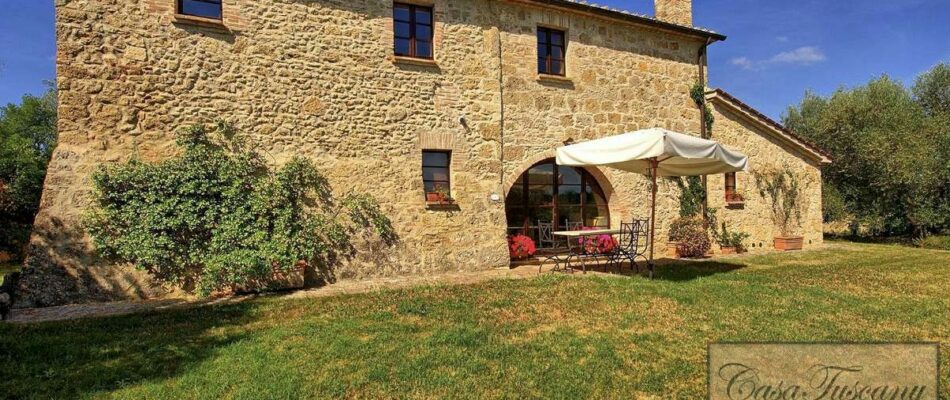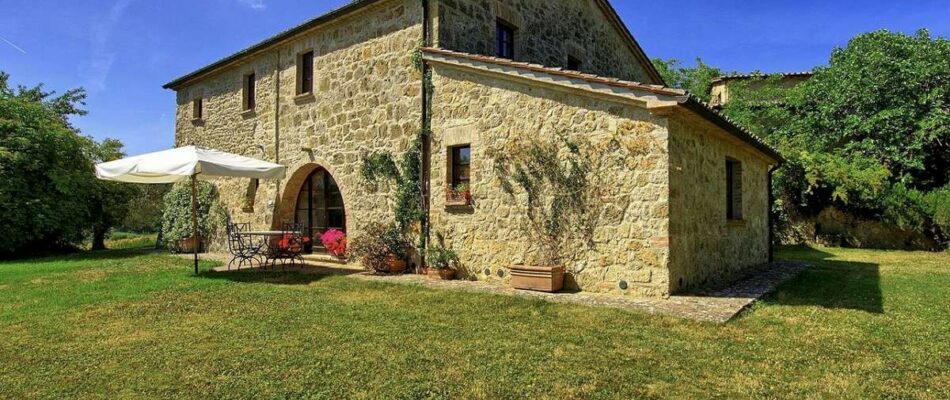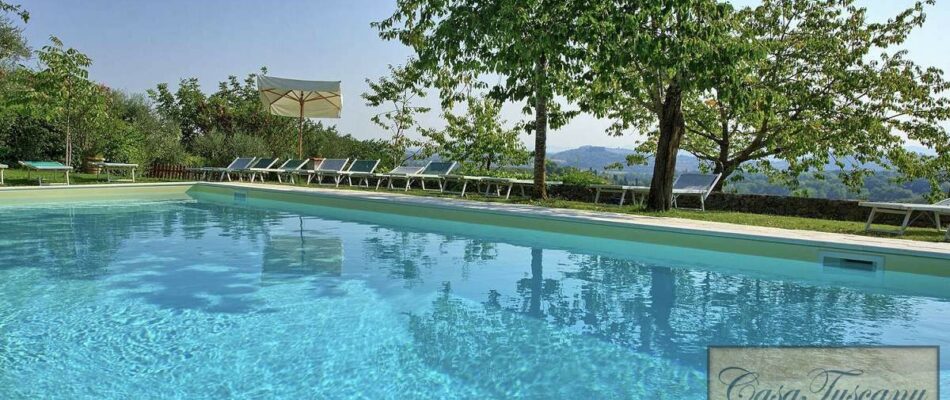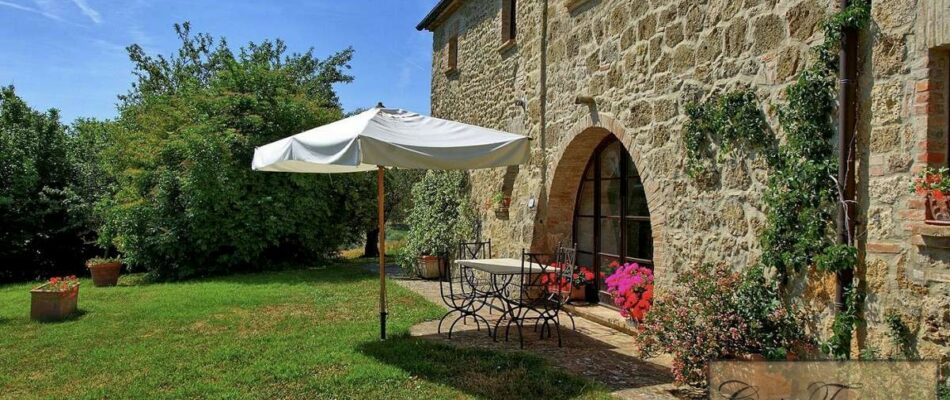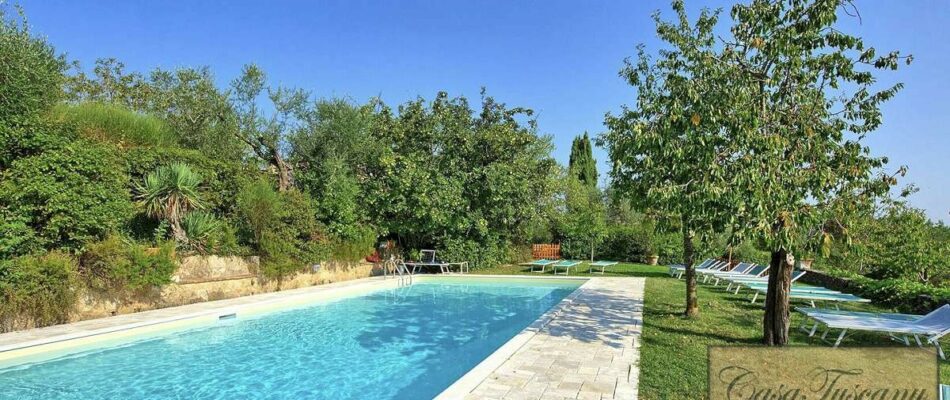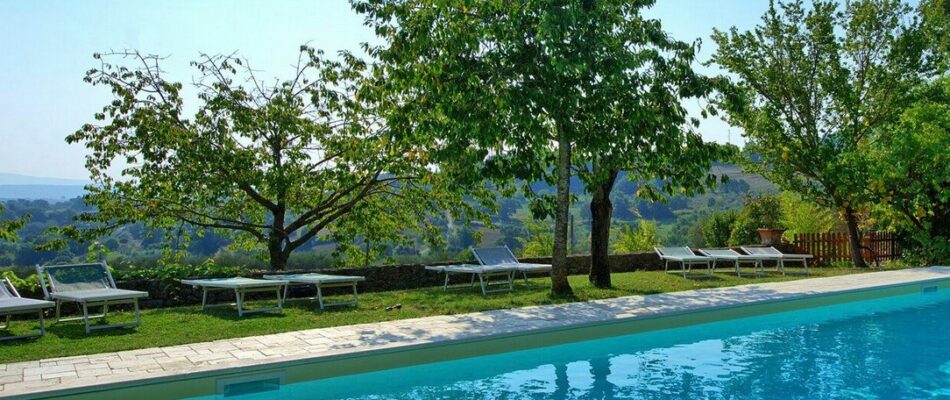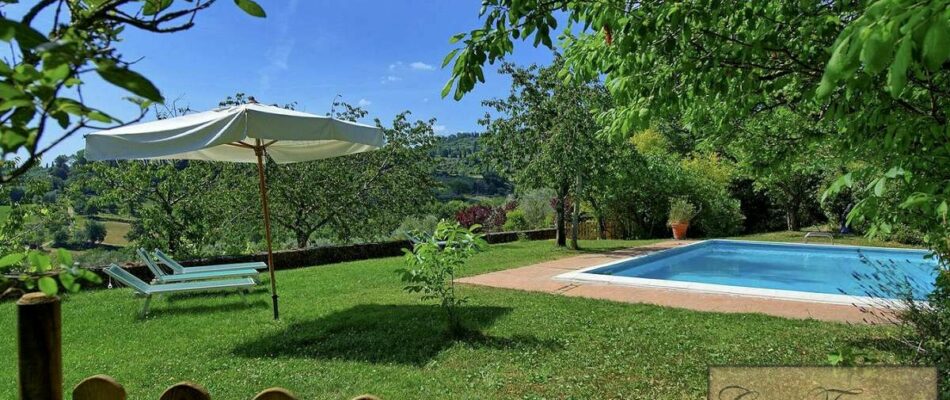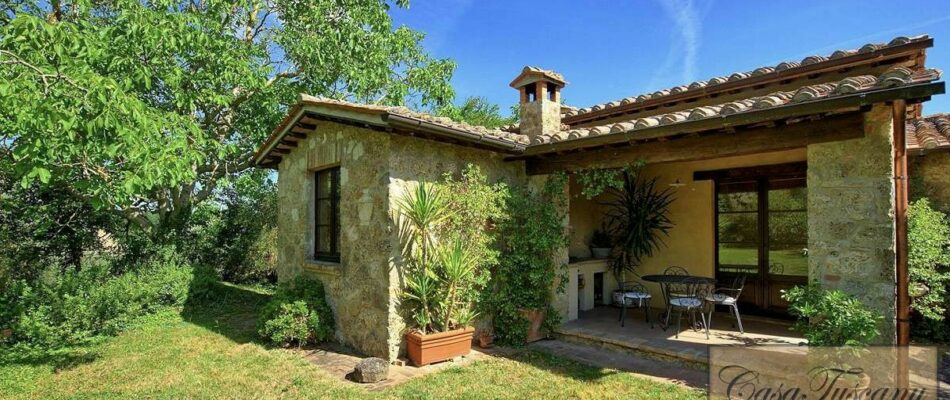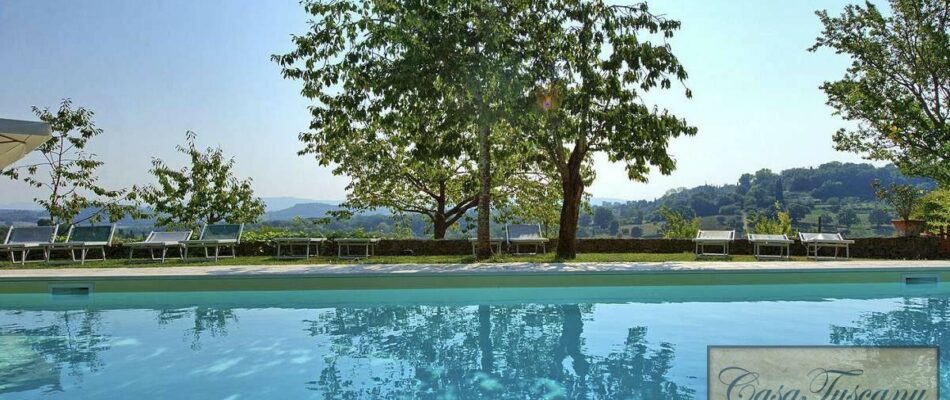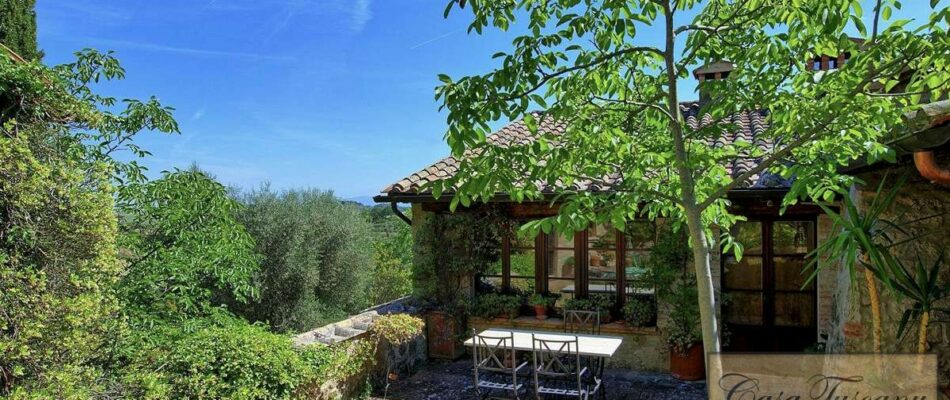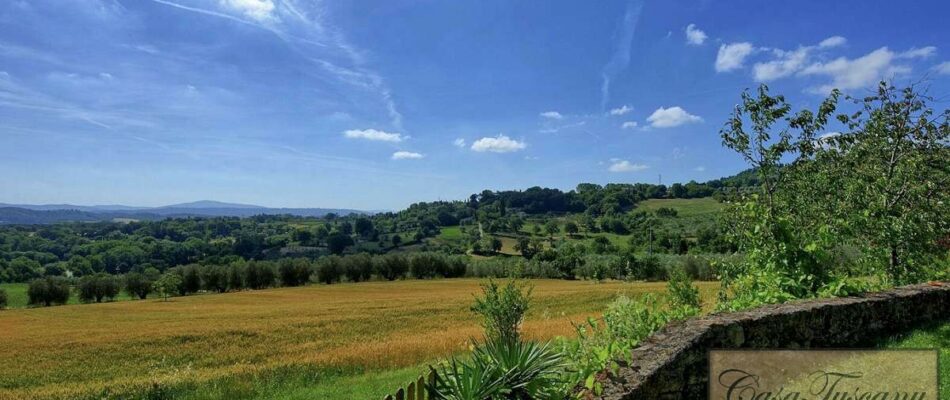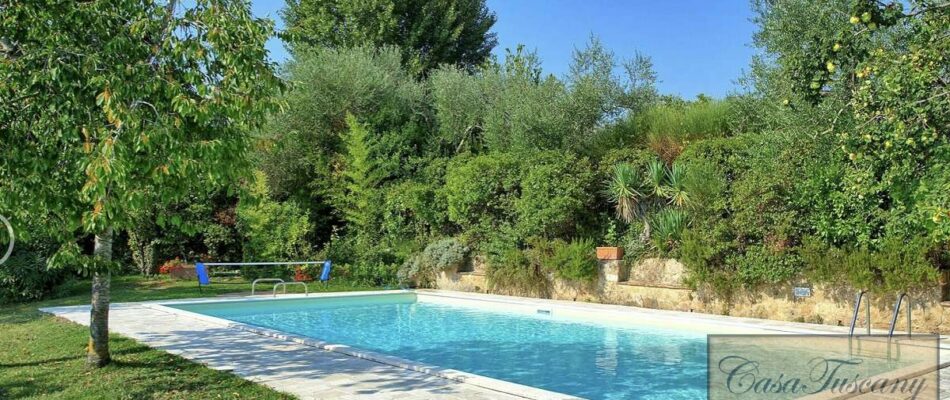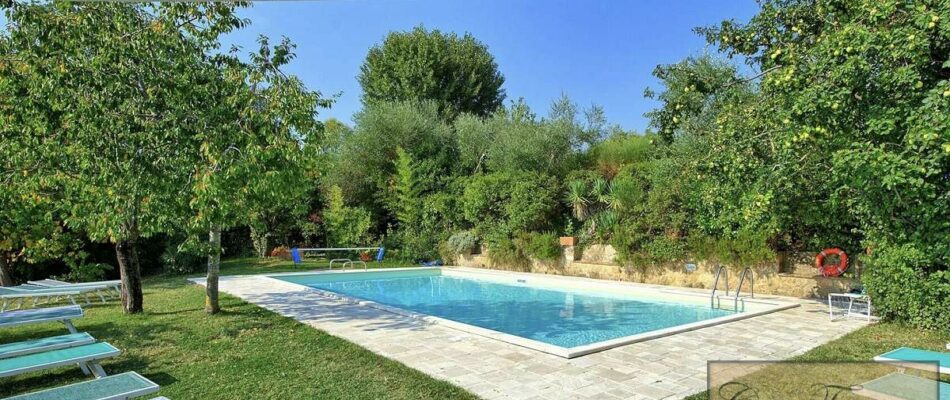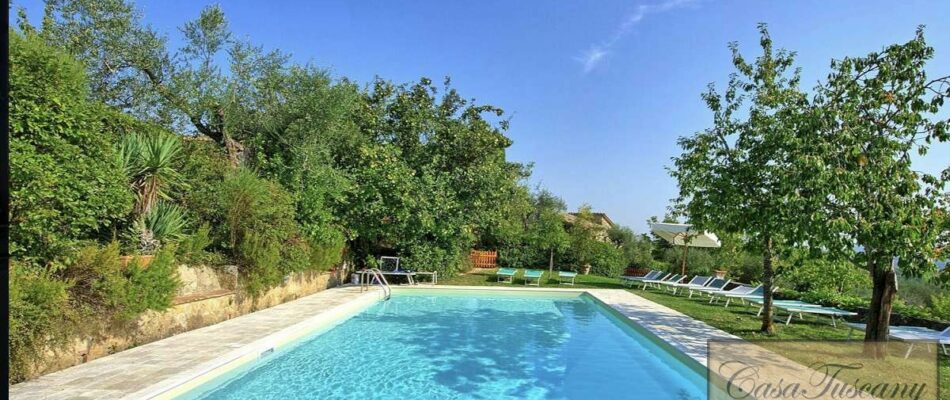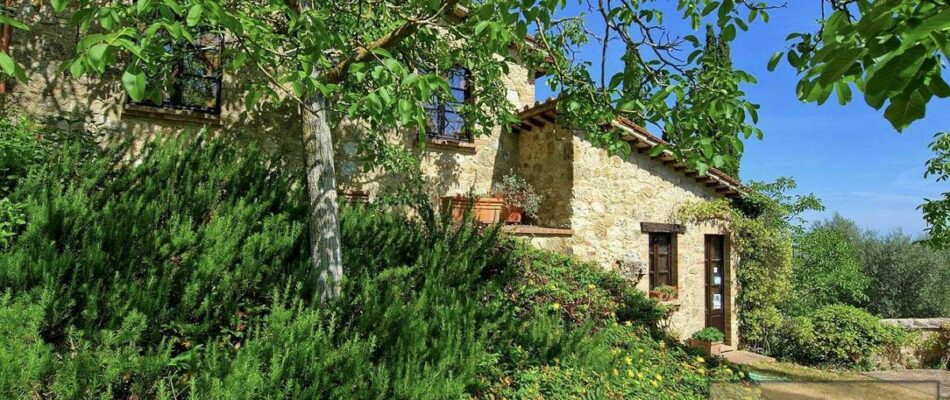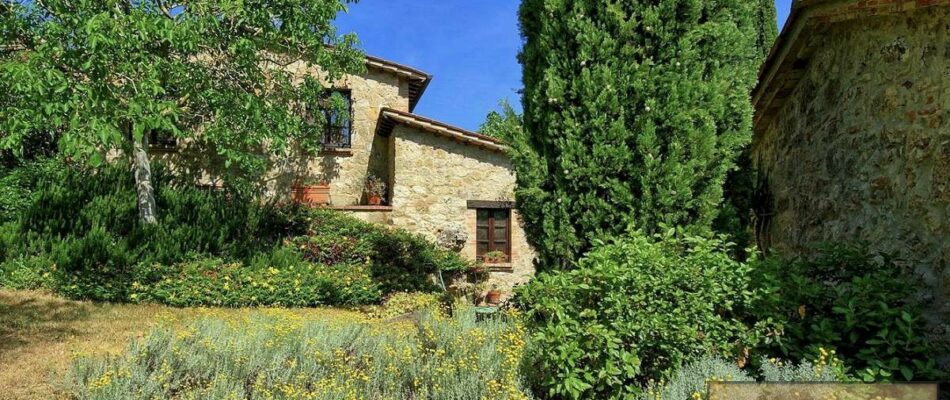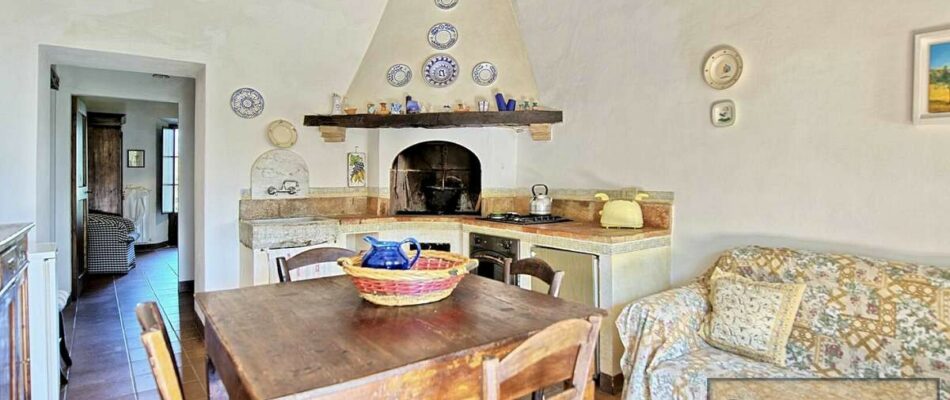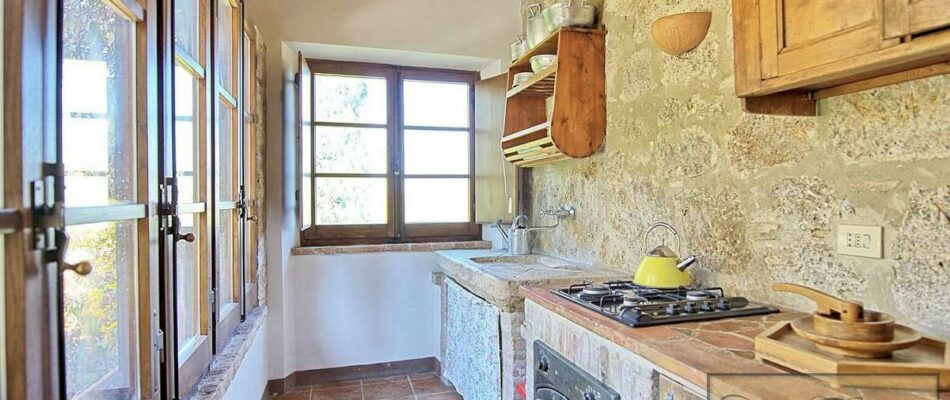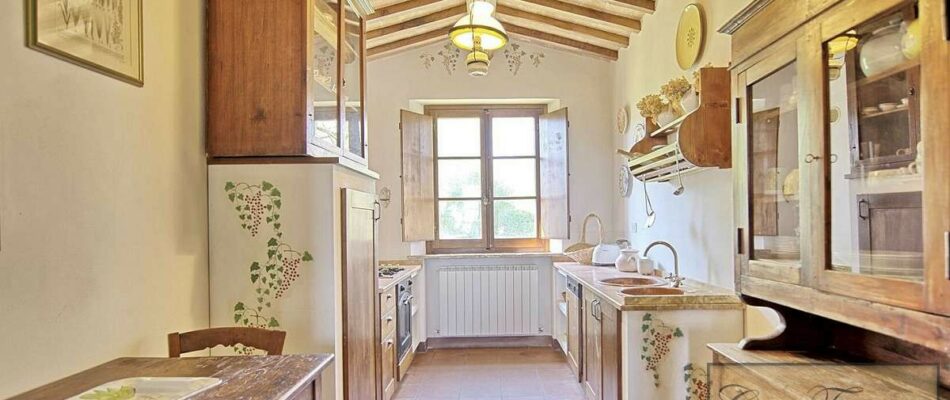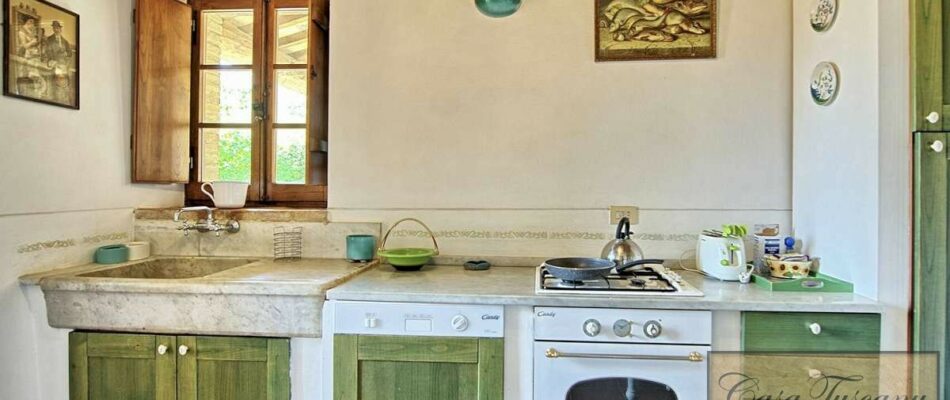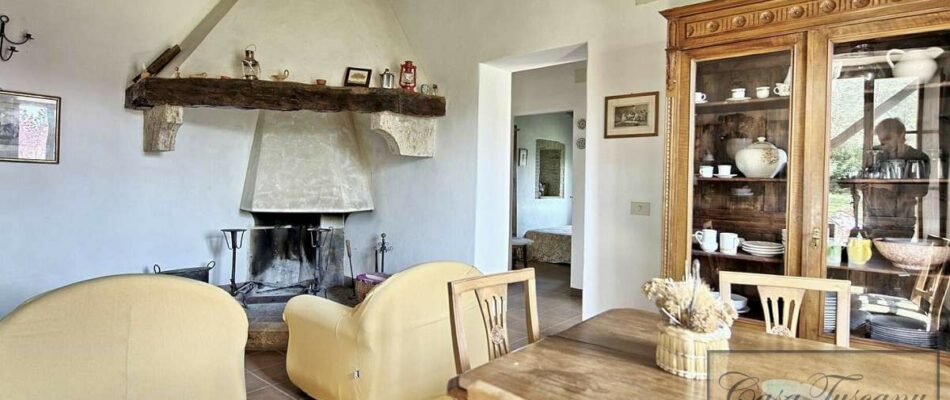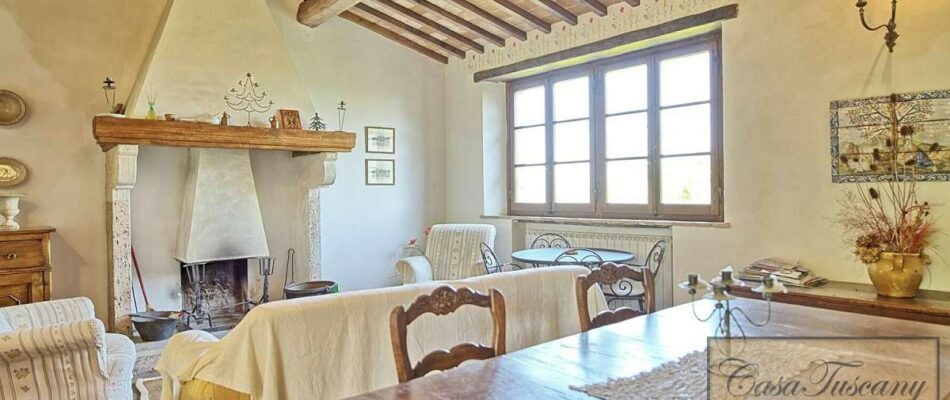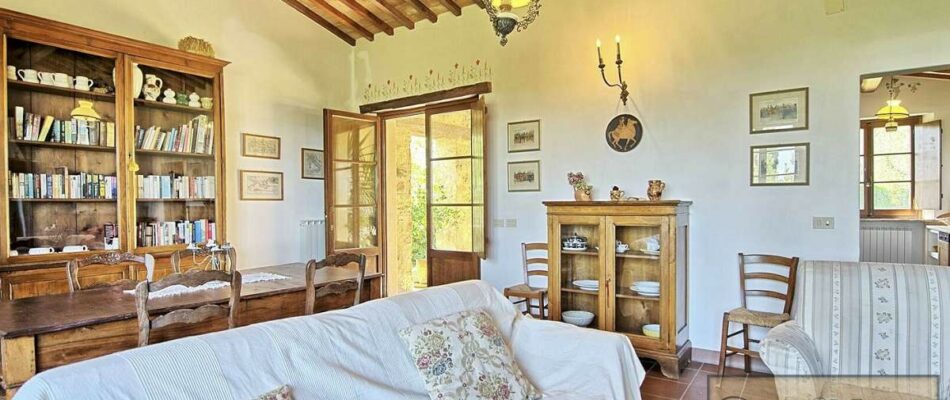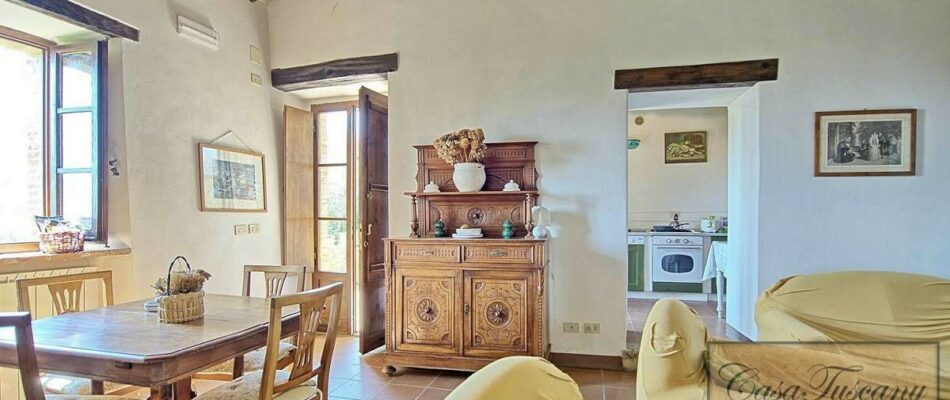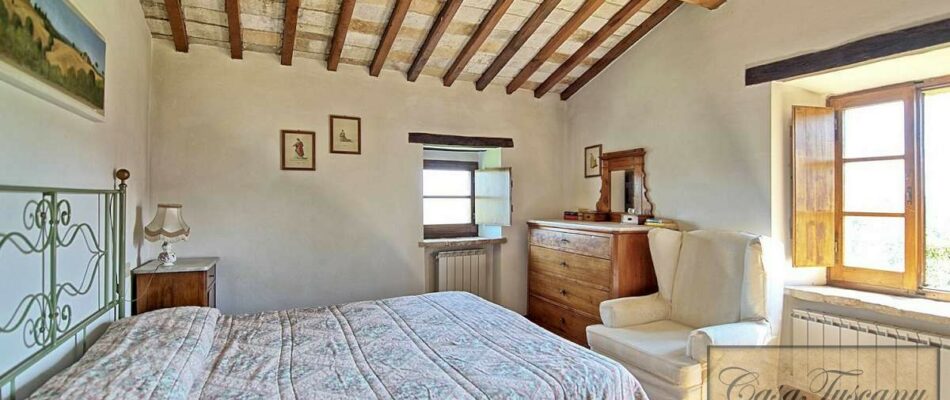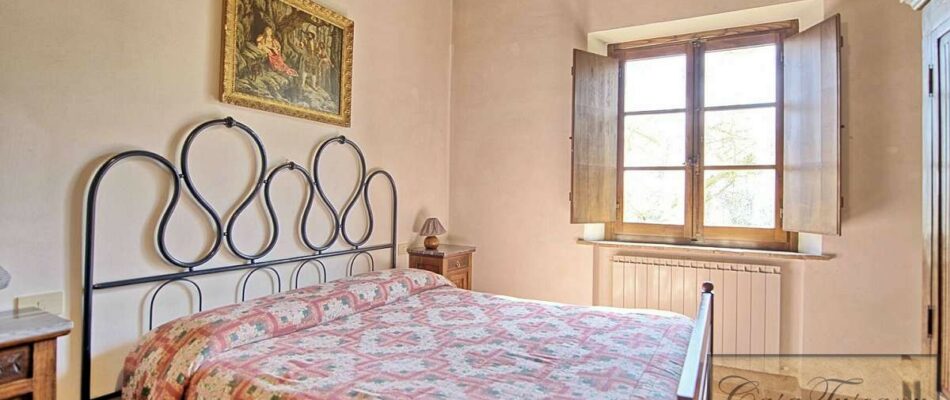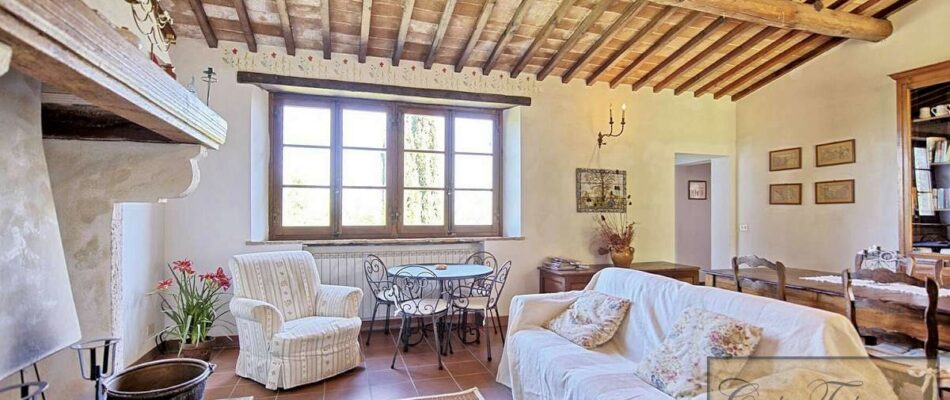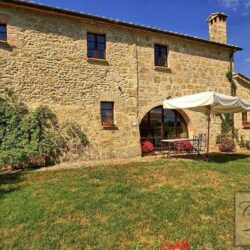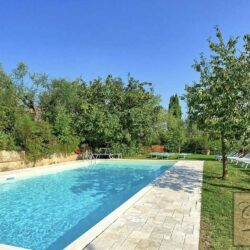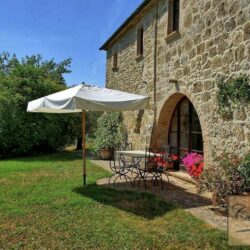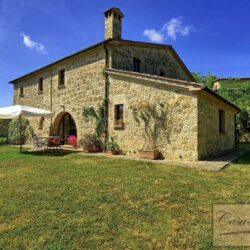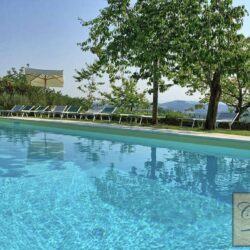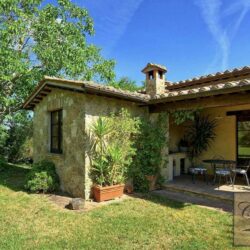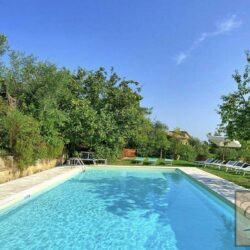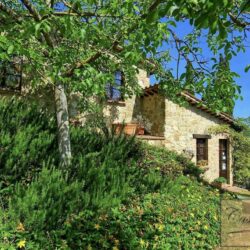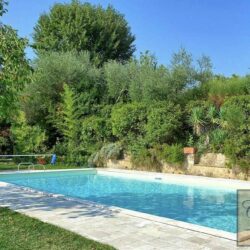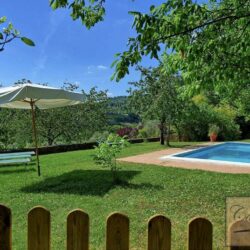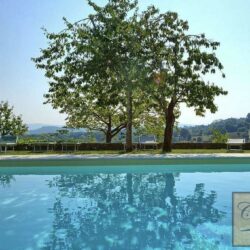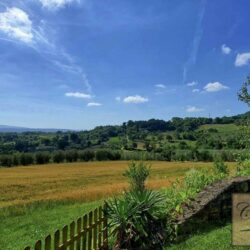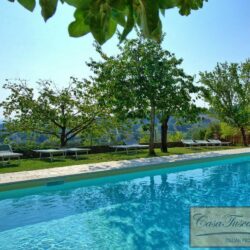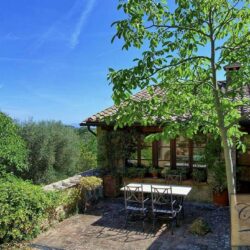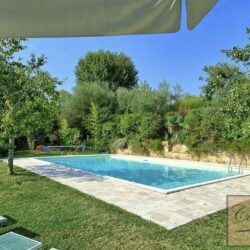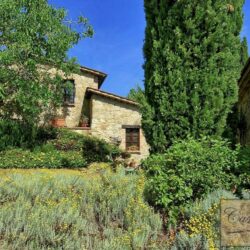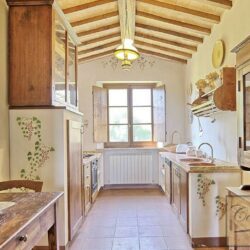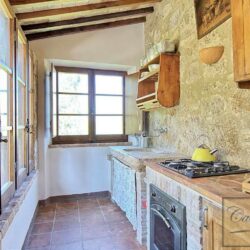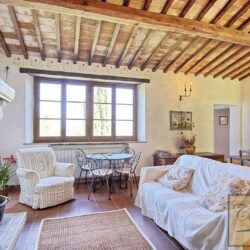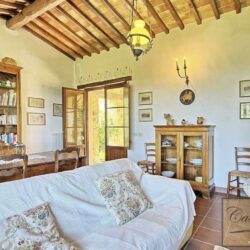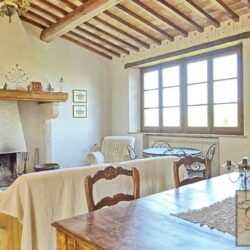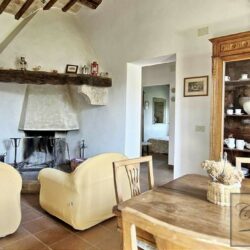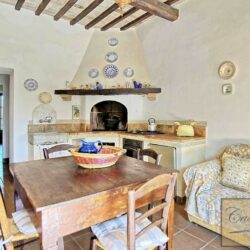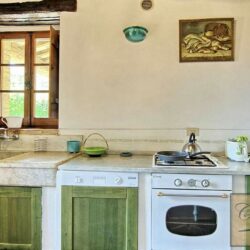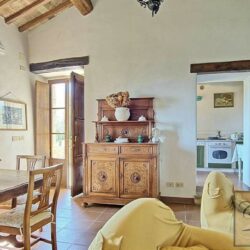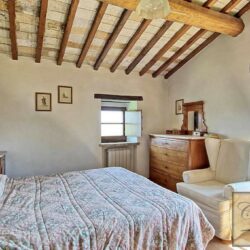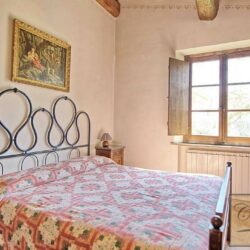ITALY, TUSCANY, SIENA, SARTEANO
Country property dating back to the 18th century, renovated with care and attention and divided into 5 comfortable apartments.
The property is a perfectly established accommodation facility, surrounded by the hills of the Val d’Orcia.
What is striking is the great brightness of the interior, welcoming and comfortable.
The swimming pool surrounded by the green hills of Sarteano is located within the land of approx. 20 hectares.
The property consists of a main house of approx 350 square metres and a small house adjacent to the main building of approx. 100 square metres.
Outside there is also a living area equipped with a barbecue for organising summer get togethers while enjoying the beautiful landscape and the atmosphere offered by the surrounding nature.
The property is accessed via a stretch of ‘white’ road in good condition of approx. 2.5 km.
It is located a few minutes from the historic centre of beautiful Sarteano, land of the Etruscans and a medieval village still unspoiled and faithful to its origins, with the beautiful fortress dating back to 1038, and land of the Giostra del Saracino, the medieval Saracen Joust festival.
Perfect investment for those wishing to continue the tourist accommodation business but also as a private home.
Type: Country houses of approx. 450 gross sqm (4843 sqf) in total between the main house and the guest house plus land and swimming pool.
Condition: Excellent.
Land: approx. 20 hectares (50 acres).
Swimming pool: Present
Layout:
Main house:
Apartment 1:
Ground floor:
Entrance to living room with fireplace and dining area,
Kitchen,
Two bedrooms,
Bathroom with shower.
Apartment 2
Ground floor:
Kitchen,
Living room with fireplace and dining area,
Double bedroom,
Single bedroom / wardrobe,
Bathroom with shower;
On the ground floor there are two further bedrooms with independent entrances with bathroom.
First floor – two further apartments with independent entrance from a porch equipped with oven and sink:
Apartment 3
First floor:
Kitchen,
Living room with fireplace and dining area,
Double bedroom,
Bedroom with French bed,
Bathroom with shower;
Apartment 4
Ground floor:
Entrance to living room with dining area and kitchenette,
Double bedroom with direct access to the outside,
Bedroom with French bed,
Bathroom with shower;
Guest House:
Apartment 5:
Ground floor:
Living room with fireplace,
Kitchen,
Two bedrooms,
Bathroom,
Laundry.
Distance from services: 2.7km.
Distance from main airports: Perugia 96km, Florence 135km, Rome 191km.
Utilities: Phone line l wifi l central heating l mains water/sewage and electricity
Energy Rating Efficiency Class: G
